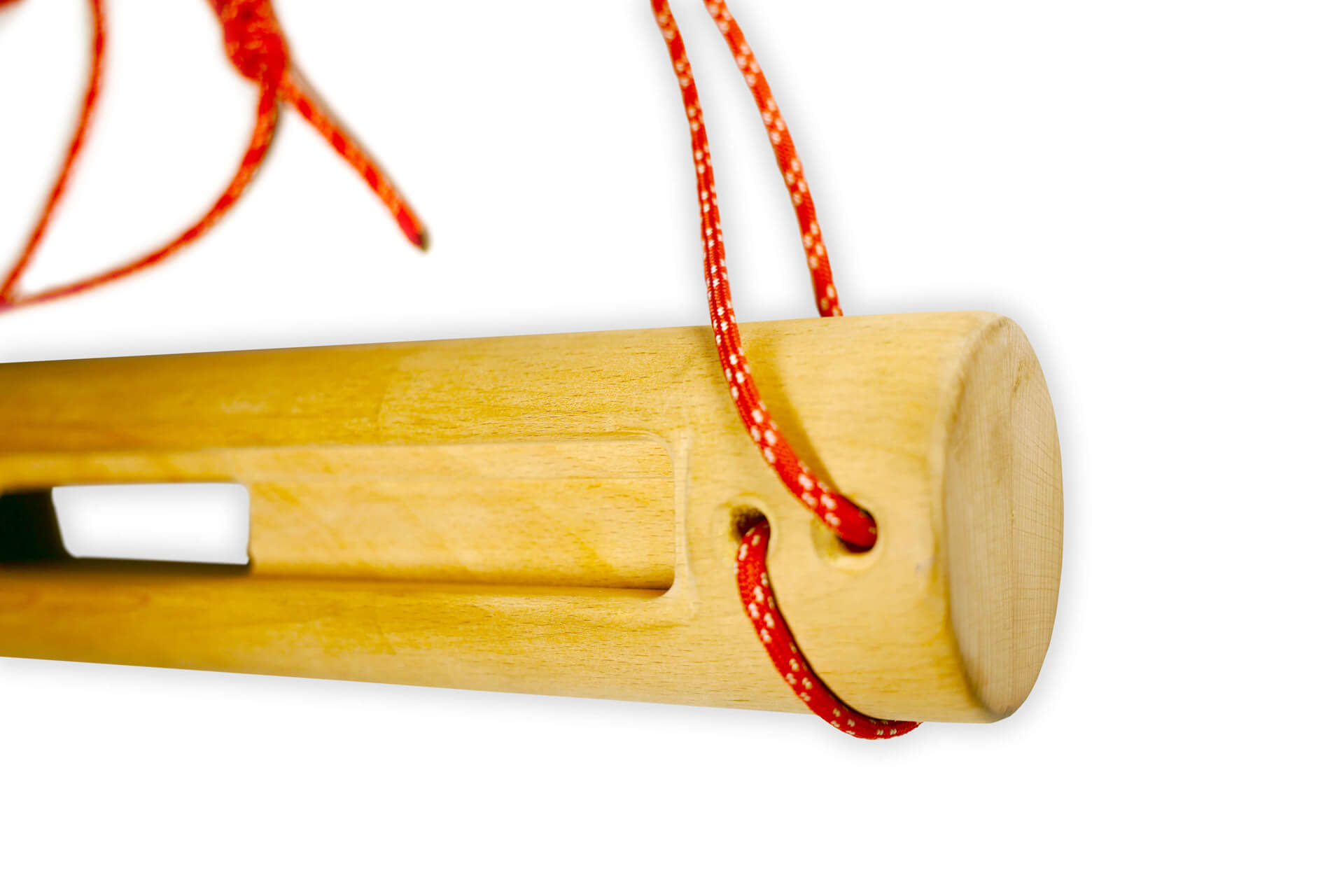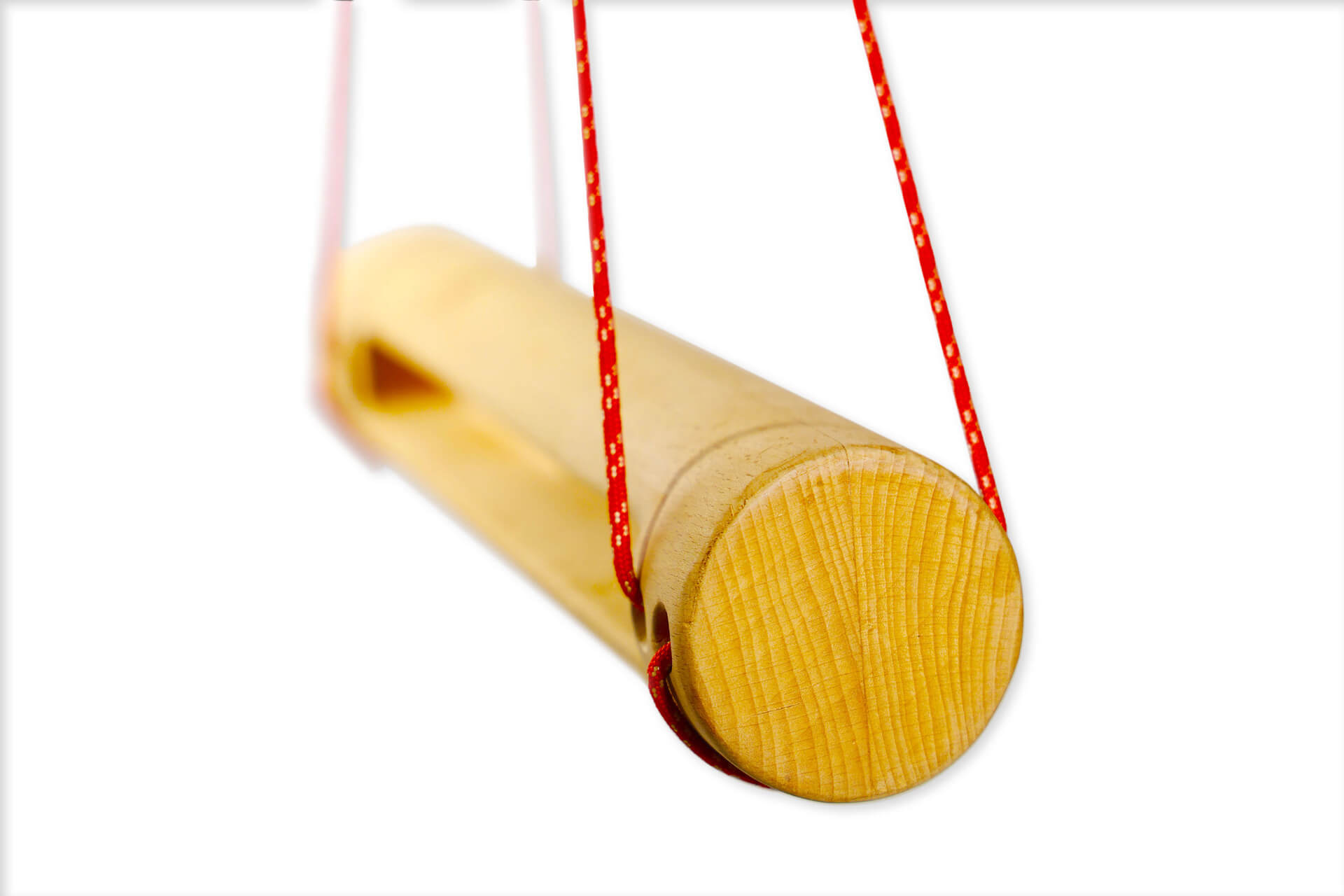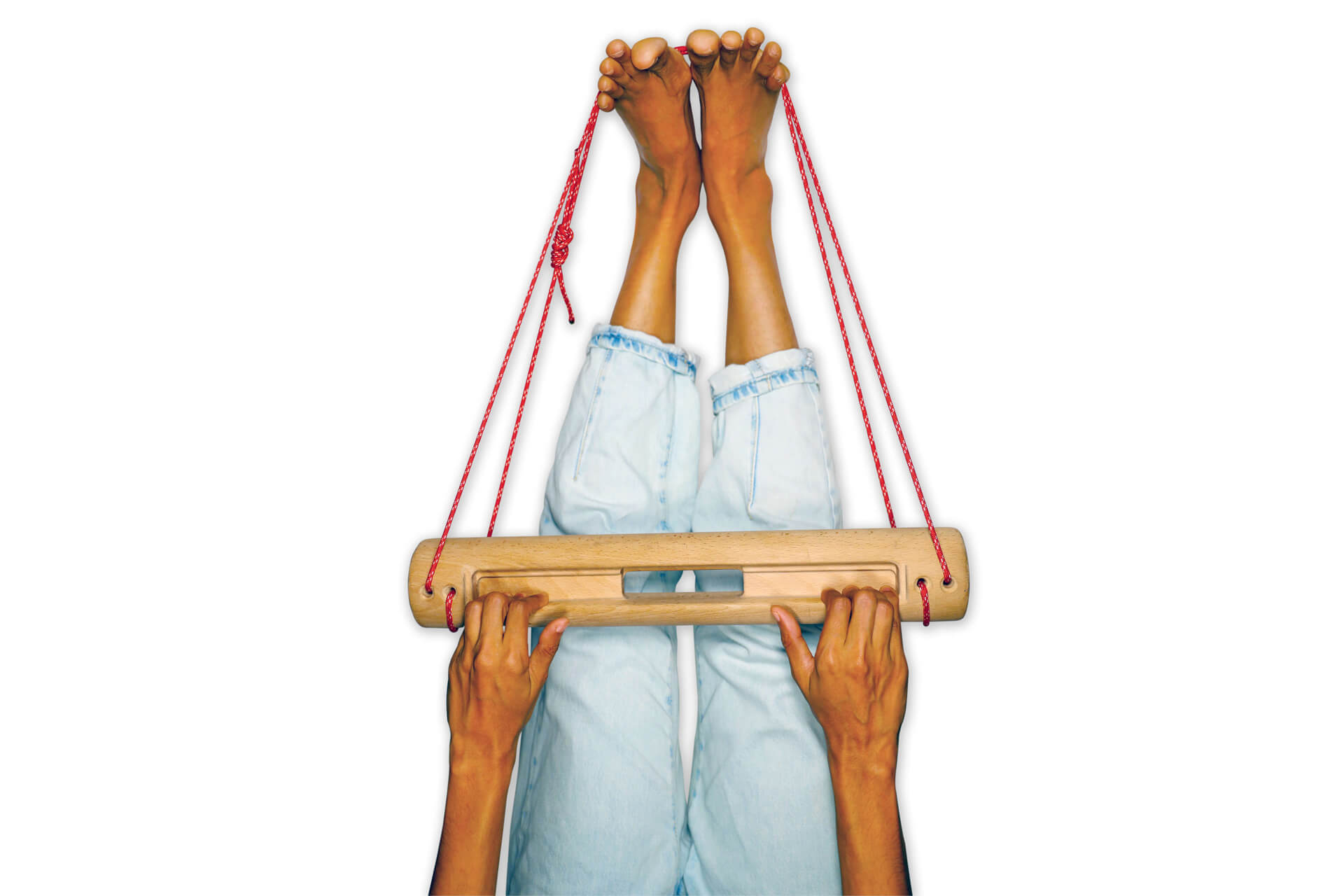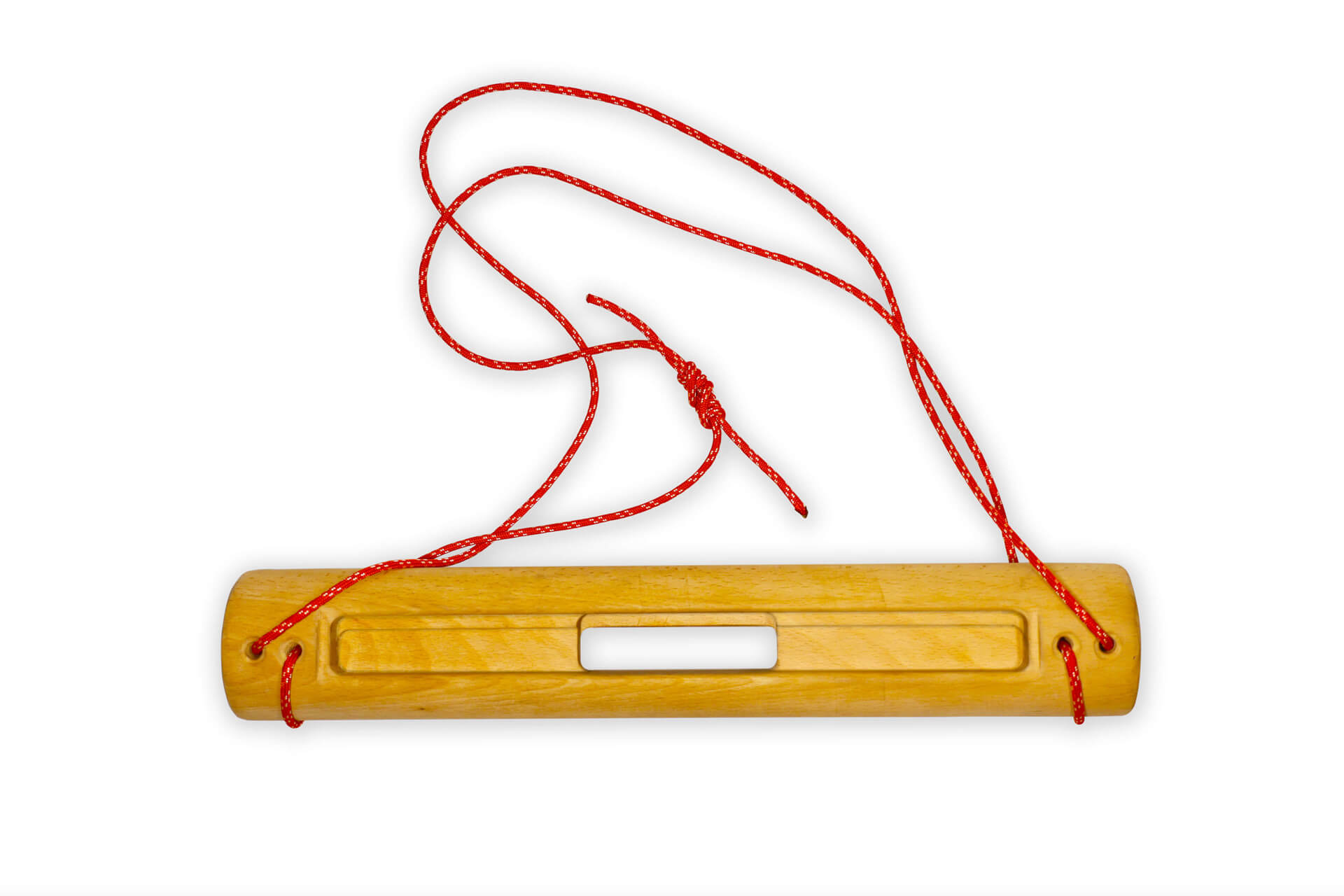No matter what type of climbing you do, be it bouldering, sport climbing, traditional climbing, ice climbing or indoor climbing, every climber asks themselves this question at some point in their journey.
Think about it - our whole body holds tension to keep from falling off the wall, and that builds the strength and skills required to get better. Climbing itself is a form of training. So here comes the obvious question, “if climbing more leads to better results, then why train off the wall?”
The thing is a majority of climbers experience diminishing progress over time when they only climb walls. We all start our climbing journey with slow but sure gains. After powering through this stage by being consistent we usually experience a period of sudden rapid gains. Eventually, however, many of us hit the dreaded “plateau” for our body type. At this point, more climbing might not lead to improvement as may be expected. And if everything else is ok - like injuries, diet or mental health - then training is usually the only sure-fire to “break through” this plateau.
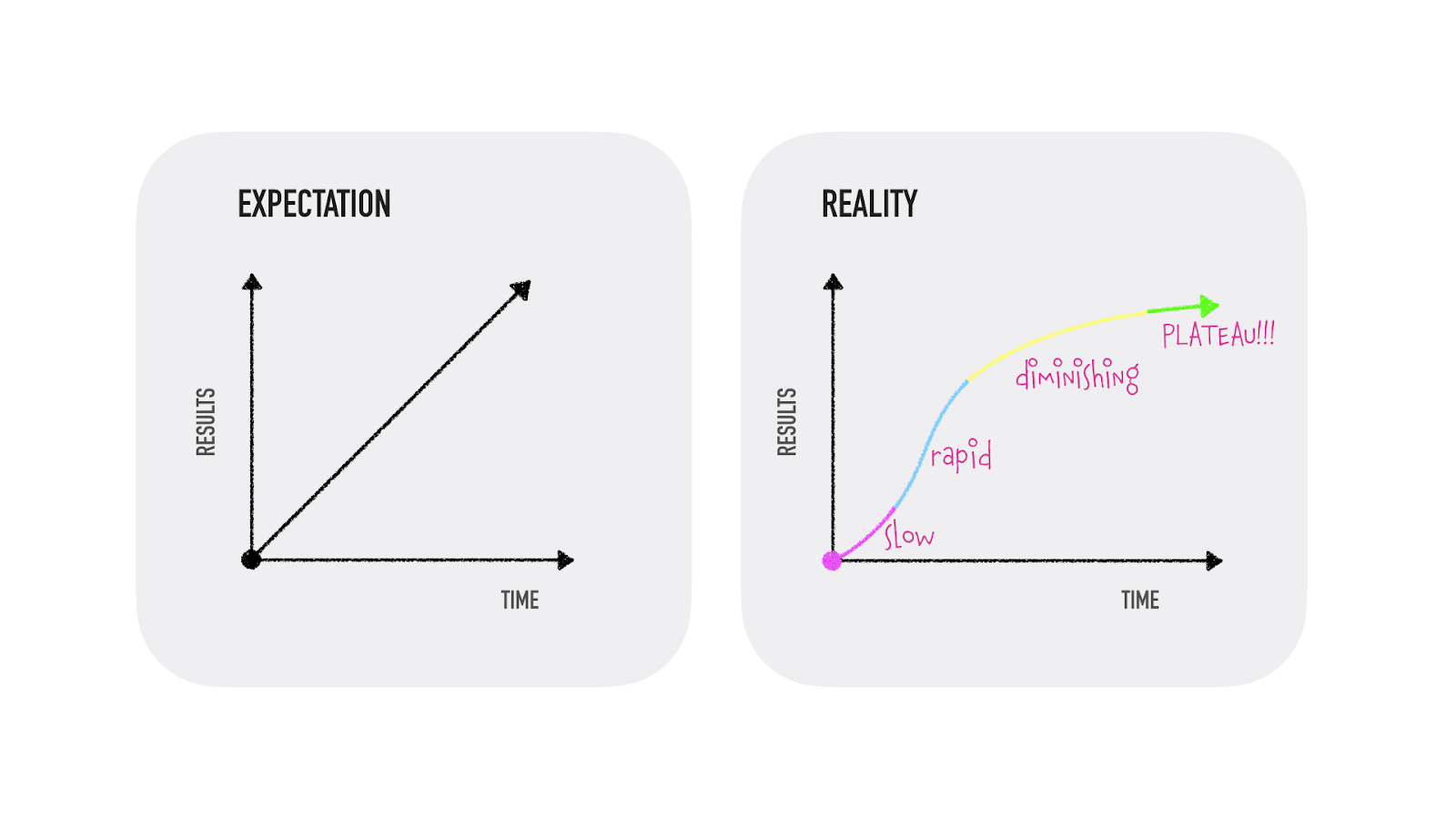
So, if this sounds familiar and you’ve hit the plateau, here are 6 things (MY STEP) to keep in mind that can help you progress - and yes they involve training off the wall.
- (M) Mental strength (the underplayed one): Some of the biggest breakthroughs from plateaus come from flexing your mental strength. This includes applying measures to boost your confidence, visualising beta pre-climbing, practicing a single minded focus and building your emotional resilience.
- (Y) Your Breath (the most forgotten about one): When stuck on a difficult move or feeling exposed on the wall, our breath is usually the first thing we forget about. Besides keeping us alive, good quality breathing can help with concentration and managing fears as well as help our physical state by not letting us get pumped too soon.
- (S) Strength (the obvious one): Strength is basically how much force a muscle can generate in one go. For example, if you can hang on a 20mm edge for 3 seconds max, this is the amount of finger strength you have. Practicing on the same edge for a greater amount of time or on a smaller edge for the same amount of time will help you become stronger. It is a real misconception in climbing that training is just about building strength. Let’s correct that now. Training = NOT only strength.
- (T) Technique (the important one): Technique is all about moving your body as efficiently as possible using nimble footwork and body positioning. Think of those awkward but feel good moves such as knee bars, drop knees, flags and “no hands” rests. It comes naturally with experience but can be fast tracked by paying closer attention to your movement.
- (E) Endurance (the fun one): Endurance is the ability to perform multiple sequential moves over a longer period of time without…. getting… pumped! There are tons of training methods to better your endurance but a simple way to start is to think about it in terms of “stamina” required for the type of climbing that you do. Work on your mileage and it will automatically improve your redpointing and onsighting skills.
- (P) Power (the misunderstood one): Power is the speed at which you generate force. In climbing, this translates to the ability to execute a move quickly. Think dynamic moves, big throws to faraway holds and the deadly “deadpoint” move. It can be trained through short high intensity workouts where you work on “explosive” moves like bursting up on pull ups rather than moving slowly and smoothly.
Mental Strength + Your Breath + Strength + Technique + Endurance + Power = MY STEP (towards getting better)
In a nutshell, climbing training is a combination of all these things. Look at it altogether and it can feel overwhelming but if you break it down to “MY STEP”, it involves simple exercise regimes that you can even do at home.
If you seriously want to improve your climbing then it’s time to rethink your expectations by training off the wall - and fix what’s holding you back!


